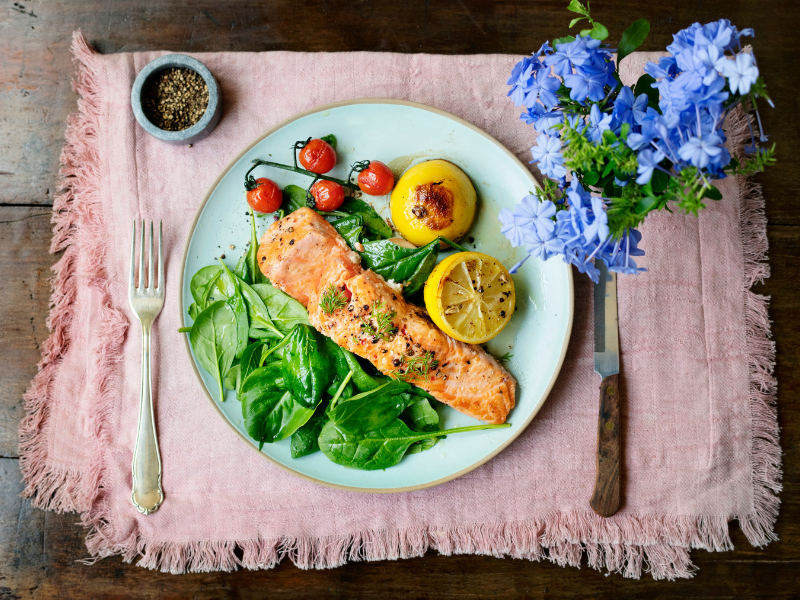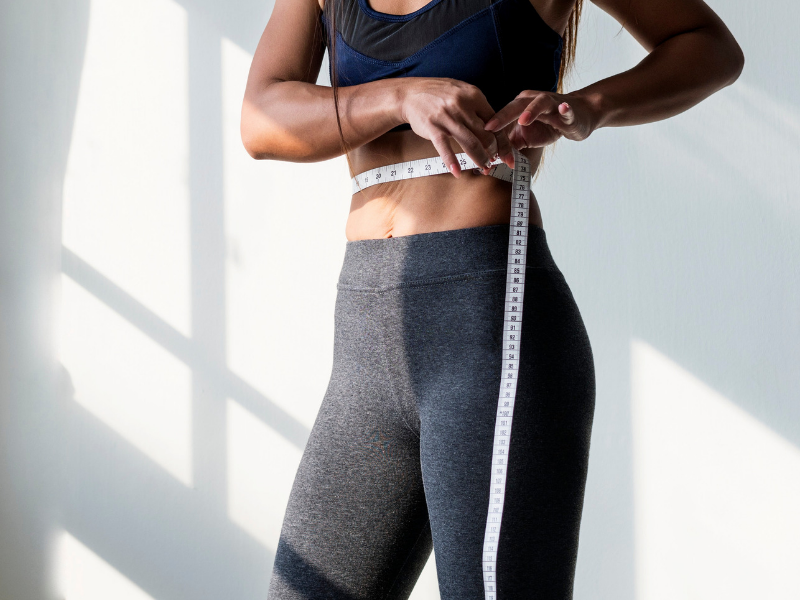We live in an extremely fast-paced and stressful world, and there’s no getting away from it (unless you move to the middle of a forest or something). Anxiety is able to strike at any waking moment - and sometimes causes us to wake up sweating in the middle of the night.
Breathing techniques are a wonderful, quick and easy solution to ease stress and reduce anxiety.
When breathing techniques are done properly, they relieve anxiety on a physiological level by slowing your heart rate. It’s an almost instant relief! This approach is virtually universal for getting rid of anxiety, so it’s hard to go wrong with it!
Read on to learn the not-so-secret breathing techniques to quell your anxiety.
Very Simple Meditation Breathing
Breathing normally is not complicated for most people, so there’s no point in over-complicating these breathing techniques. This breathing exercise is extremely simple and one of the most effective anxiety relief techniques. There’s really only one instruction and that is to breathe out slowly.
The key to this is to focus on the out-breath while ignoring the in-breath. Your in-breath will naturally lengthen as you extend the out-breath. Try to breathe out slowly, steadily, and gently. Some people like to imagine they’re blowing up a balloon with the least amount of force. Breathe out completely until there’s nothing left to release.
Alternate Nostril Breathing
This breathing technique is great to practice before a particularly stressful situation because it’s meant to relax the entire body while also calming the mind. Perfect for an important job interview or stressful meeting. Here’s how it’s done correctly, courtesy of artofliving.org:
- Sit in a comfortable position with the spine long and the hips relaxed. Release any tension from your jaw. Close your eyes.
- Place your left hand on your left knee with the palm face upward, or in the Chin Mudra by pressing the index finger and thumb together.
- Place the tip of the index finger and middle finger of the right hand in between the eyebrows with the ring finger and little finger on the left nostril, and the thumb on the right nostril. Use the ring finger and little finger to open and close the left nostril and use the thumb for the right nostril.
- On an exhalation, close the right nostril with your thumb and breathe out through the left nostril.
- Breathe in through the left nostril and then close with the ring finger.
- Release the thumb on the right nostril and breathe out through the right nostril.
- Inhale through the right nostril, close with the thumb, release the ring finger from the left side and exhale through the left nostril.
- These two full breaths are called one round of Alternate Nostril Breath.
- Perform 5 to 9 rounds of this alternating breath between the nostrils.
- Remember to always inhale through the same nostril you just exhaled through.
Controlled Breathing
When you’re experiencing high amounts of anxiety and you can feel the wave of a panic attack coming on, the controlled breathing technique can help you turn the valve and release some of the pressure. This technique slows down the heart rate while simultaneously relaxing the muscles. Basically, you’re tricking your brain into thinking it’s calm and rested. Here’s how it’s done:
- Sit somewhere comfortable. Close your eyes and relax your jaw.
- Inhale for two seconds.
- Hold your breath for one second.
- Exhale for four seconds.
Feel free to lengthen your breaths as you go. If you’re a beginner, I’d start low at first until you get the groove of everything - just remember to exhale for longer than your inhale. For example, inhale for four seconds, hold the breath, then exhale for eight seconds.
Want to learn more amazing ways to avoid stress?
Paying attention to your emotional wellness always helps…
Body Scan
Our bodies and emotions are deeply connected. This is why our shoulders tense when we’re stressed, or we get butterflies in our stomachs when we’re nervous. The body scan is a wonderful breathing technique that brings more awareness to your body and helps you to recognize through that what’s going on in your mind.
To do a body scan, the key is to focus your attention on each part of your body. No judging or trying to change anything. Simply draw attention to it with open curiosity. Below is an easy sequence by stopbreathethink.com to guide you through the body scan. You can do this while laying down or sitting in a chair:
Take a few deep breaths, and pay attention to your breath as you inhale and exhale. Slowly scan your body from head to toe, bringing attention to each area of your body:
- Start with the top of your head, moving to the sides of your head
- To your face, forehead, eyes, mouth and jaw
- And now to the neck and shoulders
- To your upper arms, forearms, wrists, and hands
- Take note of any sensations you may feel, without judging or trying to change anything.
- Now to the torso, the chest and upper back
- Be aware of your heartbeat and your breathing.
- Pay attention to your stomach and lower back.
- Notice any thoughts that may be running through your mind, and just let them go, bringing your attention back to your body.
- Notice your hips, thighs and knees.
- Down to the the shins, calves, ankles and feet.
- Become aware of your body as a whole, and feel how your whole body is connected.
- Finally bring your attention back to your breath, and for a few moments feel your entire body expand and contract with each inhale and exhale.
Other Methods That Utilize Breathing Techniques
There are three other kinds of stress relieving techniques that heavily utilize relaxing breathing: guided meditation, meditation, and yoga. If you’re feeling a constant sense of anxiety, yoga and meditation are particularly useful. These techniques help you break the habit of anxiety breathing because they increase the awareness of how you’re breathing.
Physical activity also regulates your breathing naturally, and is another great option if these breathing exercises aren’t as appealing to you.




